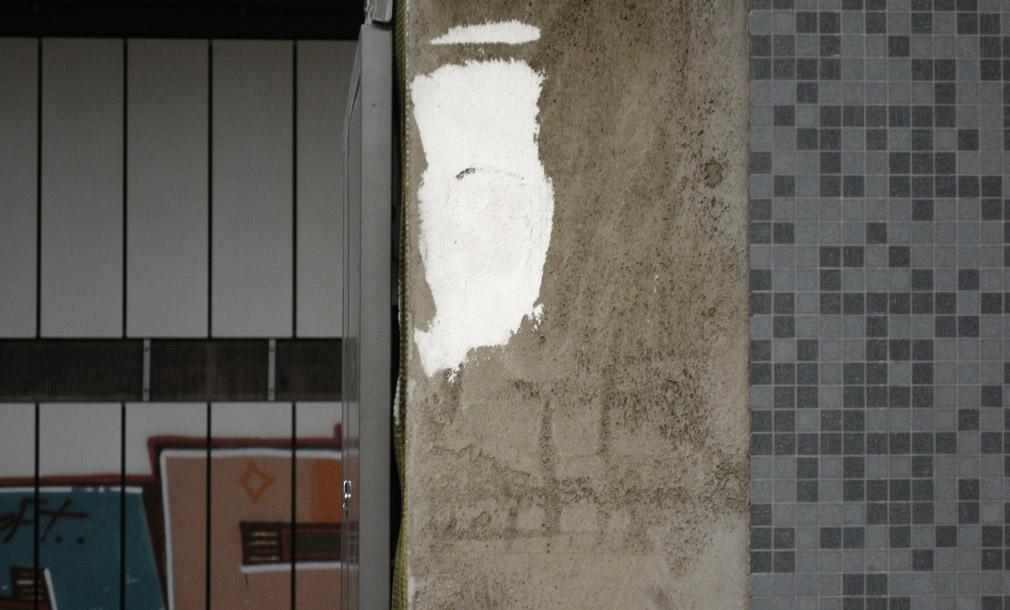
S-Bahn Station Taunusanlage in Frankfurt am Main; 2015-02-09
Above these apparent hieroglyphics was a figure of evident pictorial intent, though its impressionistic execution forbade a very clear idea of its nature. It seemed to be a sort of monster, or symbol representing a monster, of a form which only a diseased fancy could conceive. If I say that my somewhat extravagant imagination yielded simultaneous pictures of an octopus, a dragon, and a human caricature, I shall not be unfaithful to the spirit of the thing. A pulpy, tentacled head surmounted a grotesque and scaly body with rudimentary wings; but it was the general outline of the whole which made it most shockingly frightful. Behind the figure was a vague suggestion of a Cyclopean architectural background. They really need to do something about the smell of wee though.
Now at Sparta were a thousand temples and shrines to a thousand different divinities. How exceedingly strange that the altar of Laughter should have survived all the others! A corner there always stinks like piss, as from some fear unspeakable. And before he died, Taran-Ish had scrawled upon the altar of chrysolite with coarse shaky strokes the sign of self-sacrifice (with dismemberment). The idea appears very prettily in an allegorical vision of the old hermetic philosopher Zosimos, who seems to have copied it, as Reitzenstein notes, from an Egyptian Nekyia.